(NLDO) - Scientists from the US, France and Germany have just found evidence that could overturn the hypothesis about the Earth - Theia - Moon "family".
New research led by Earth and planetary scientist Francis Nimmo from the University of California at Santa Cruz (USA) shows that the Moon may be much older than we once thought.
And the new age given in the paper published in the journal Nature - 4.53 billion years old - may make this satellite no longer a "child" of Earth and planet Theia.
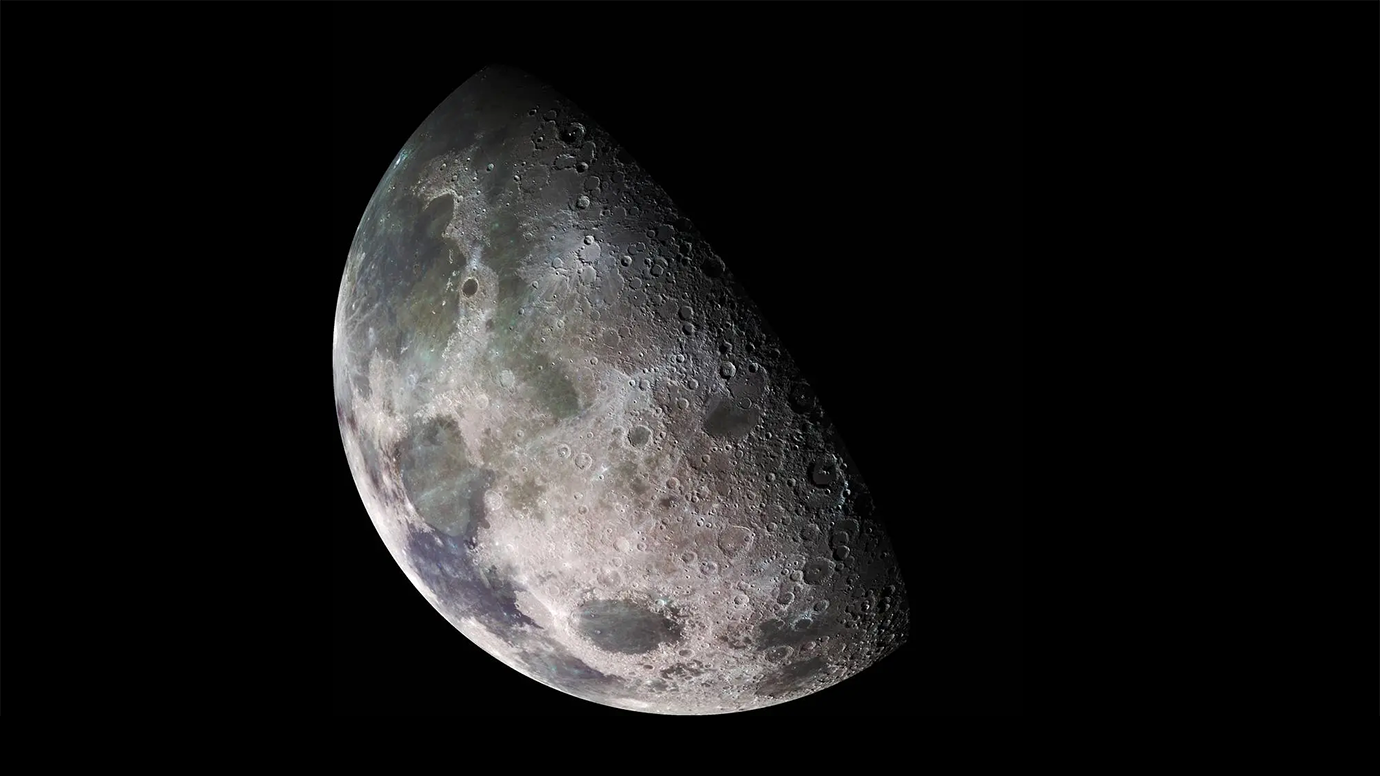
The Moon is Earth's only recognized natural satellite - Photo: NASA
In the most widely supported hypothesis today, scientists suggest that the Moon was born from a collision between the early Earth and the Mars-sized planet Theia.
This collision, estimated to have occurred about 4.35 billion years ago, shattered 2 Theia and left the early Earth quite "injured". Most of the material from both merged into a single planet, Earth today.
Meanwhile, some debris was blasted into Earth's orbit and gradually coalesced into the Moon with a global ocean before cooling into the rocky mass it is today, according to this hypothesis.
But recently, a different picture has emerged from tiny zircon grains on the Moon.
Zircon crystals are thought of as “time capsules.” When they form, zircon crystals incorporate uranium but strongly reject lead. But over time, the radioactive uranium in zircon decays into lead at a well-understood rate.
So scientists can look at the ratio of uranium to lead in zircon crystals, and from there calculate the time when these zircon grains first appeared.
But Dr. Nimmo and his colleagues found much older zircon grains in samples from the Moon.
More specifically, two of the crystals analyzed were older than the 4.35 billion-year mark proposed by the Theia hypothesis: One crystal dated to 4.46 billion years old and another to 4.51 billion years old.
These crystals are also incompatible with a global magma ocean as that would prevent the formation and survival of zircon crystals.
Combined with some other evidence, the team calculated that the actual age of the Moon must be about 4.53 billion years.
Previously, other studies calculated the age of the Earth to be more than 5.54 billion years.
Thus, the relationship between these two celestial bodies must be "friends" throughout their life cycle, and it is unlikely that one can give birth to the other, according to the authors.
This discovery could help solve some interesting mysteries, for example, that the Moon has fewer impact basins than scientists expected based on how heavy they estimated Theia's attack was.
This also places constraints on the age of the giant South Pole-Aitken basin that covers a quarter of the Moon's surface.
Source: https://nld.com.vn/mat-trang-co-the-khong-do-trai-dat-sinh-ra-19624122009501812.htm




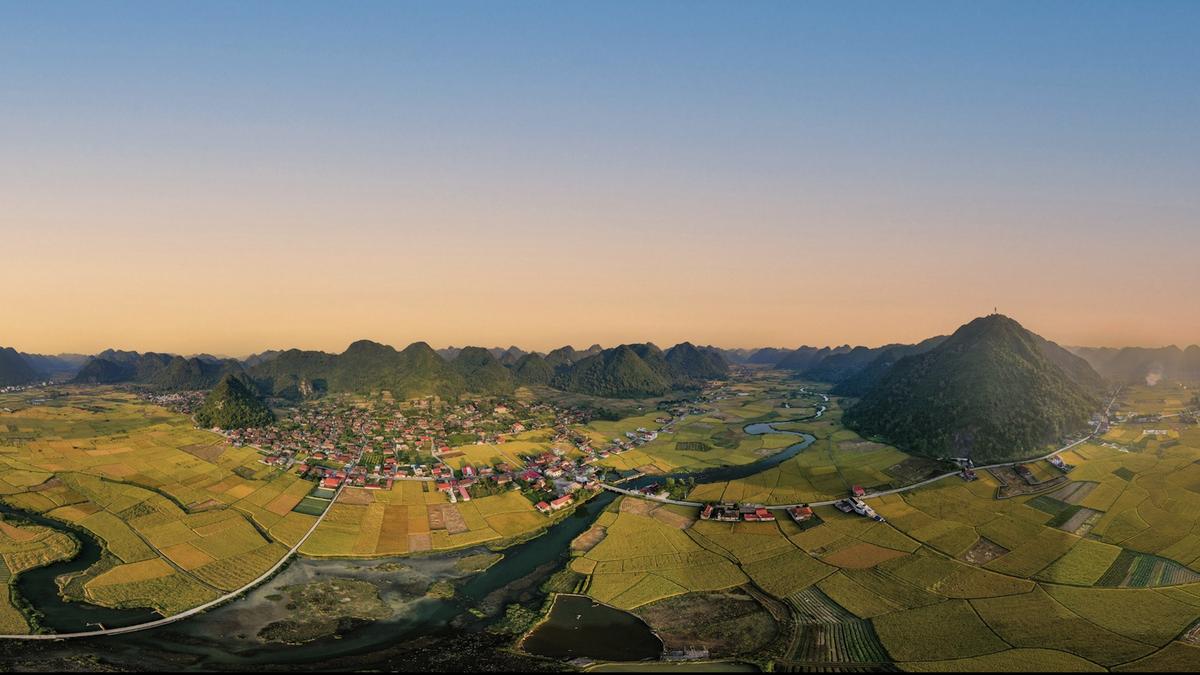
![[Photo] Nhan Dan Newspaper displays and solicits comments on the Draft Documents of the 14th National Party Congress](https://vphoto.vietnam.vn/thumb/1200x675/vietnam/resource/IMAGE/2025/10/26/1761470328996_ndo_br_bao-long-171-8916-jpg.webp)
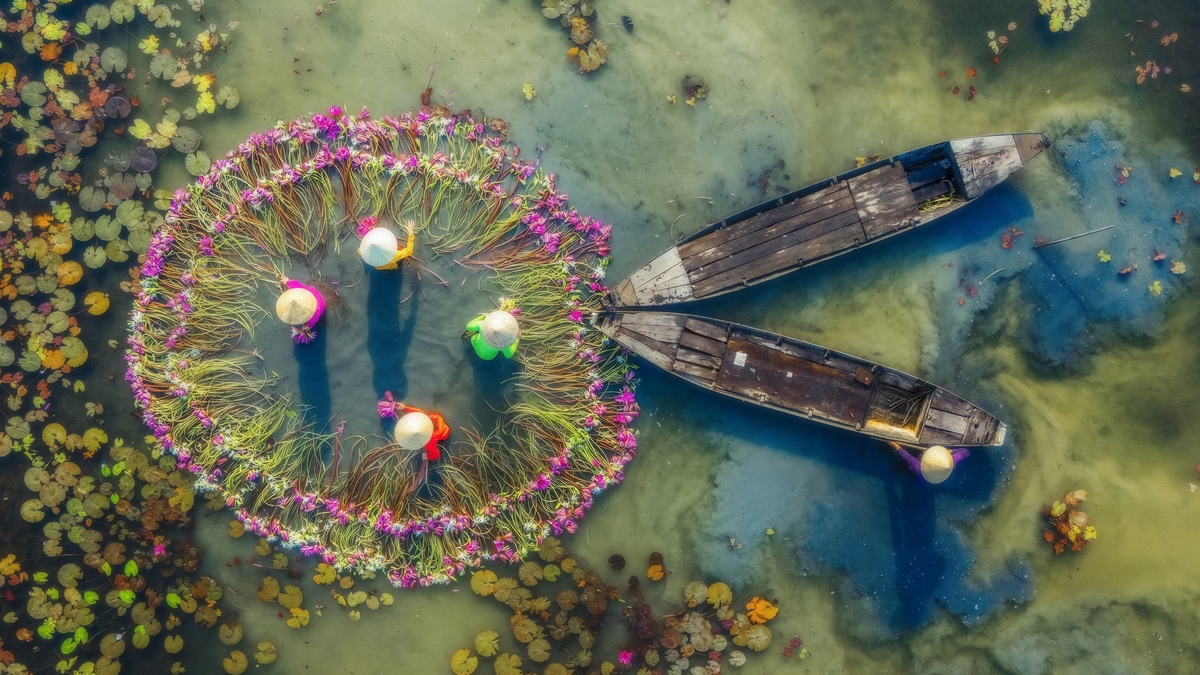
![[Photo] Enjoy the Liuyang Fireworks Festival in Hunan, China](https://vphoto.vietnam.vn/thumb/1200x675/vietnam/resource/IMAGE/2025/10/26/1761463428882_ndo_br_02-1-my-1-jpg.webp)
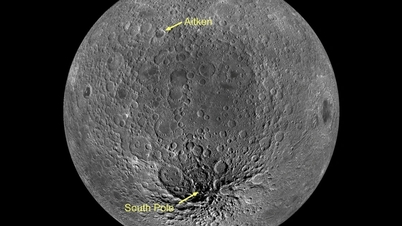

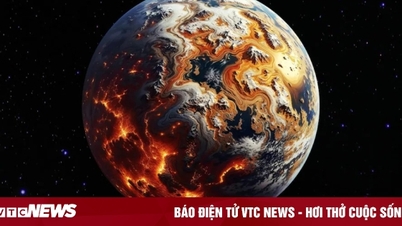

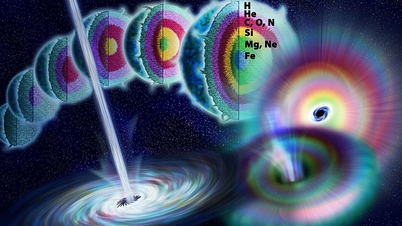



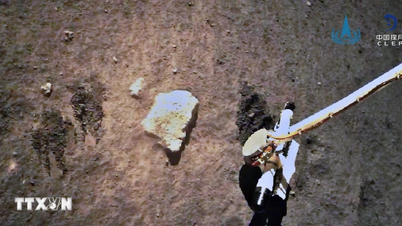





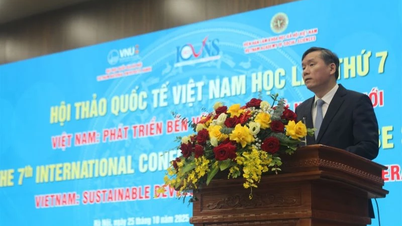







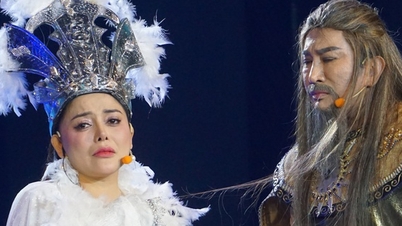





![[Photo] Prime Minister Pham Minh Chinh attends the opening of the 47th ASEAN Summit](https://vphoto.vietnam.vn/thumb/1200x675/vietnam/resource/IMAGE/2025/10/26/1761452925332_c2a-jpg.webp)
![[Photo] General Secretary To Lam received the delegation attending the international conference on Vietnam studies](https://vphoto.vietnam.vn/thumb/1200x675/vietnam/resource/IMAGE/2025/10/26/1761456527874_a1-bnd-5260-7947-jpg.webp)
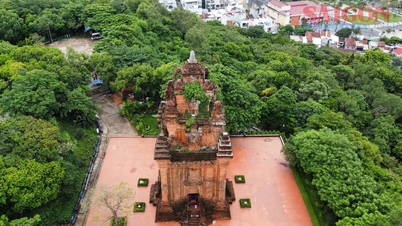

























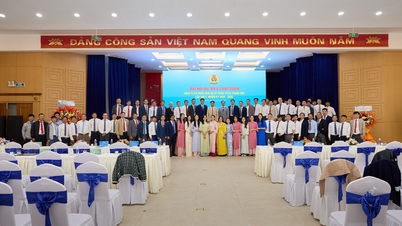
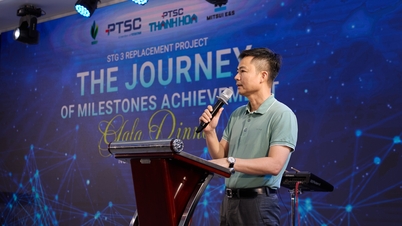
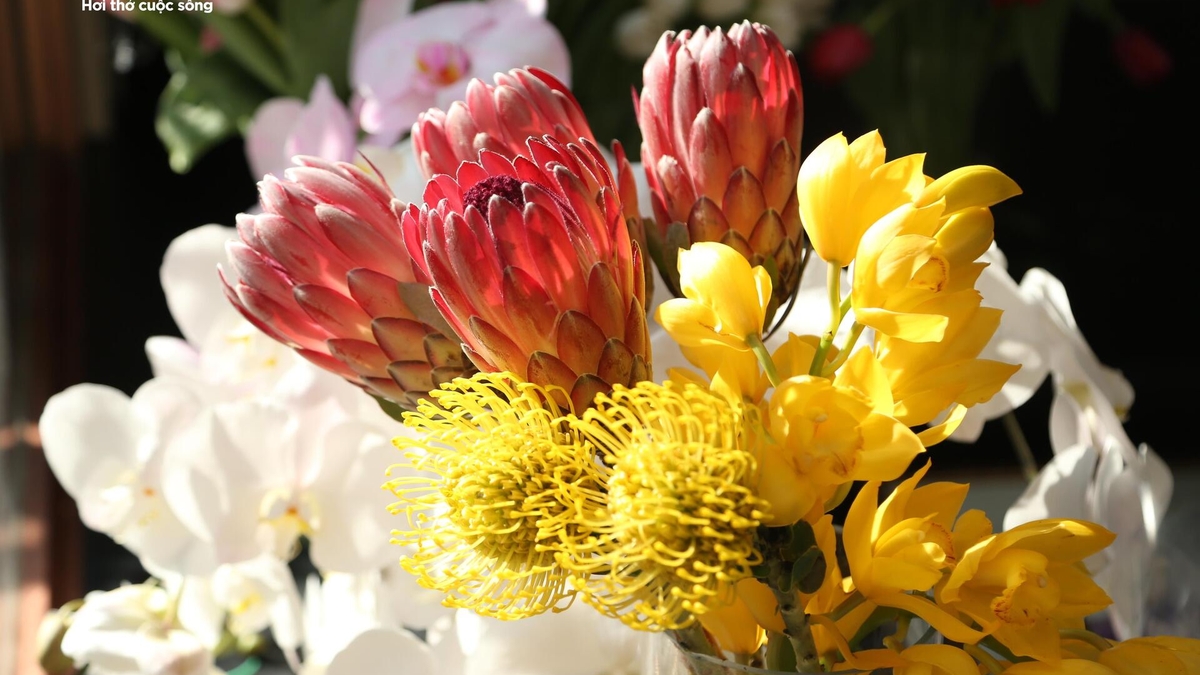

















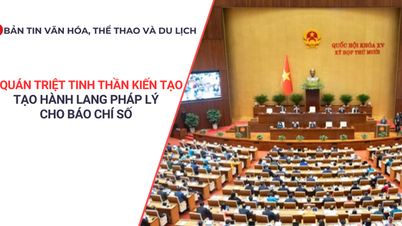
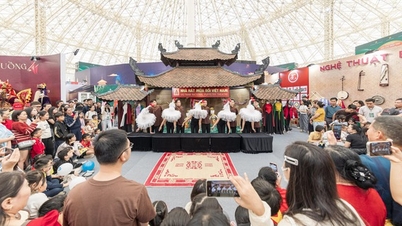
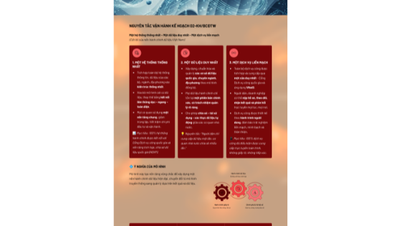






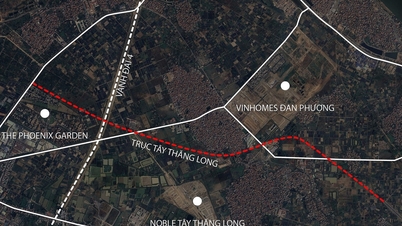





















Comment (0)